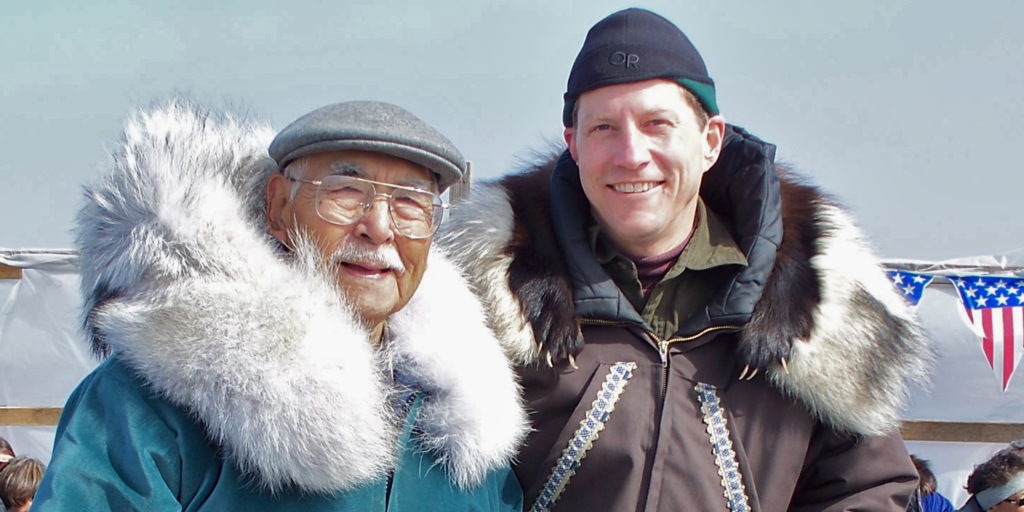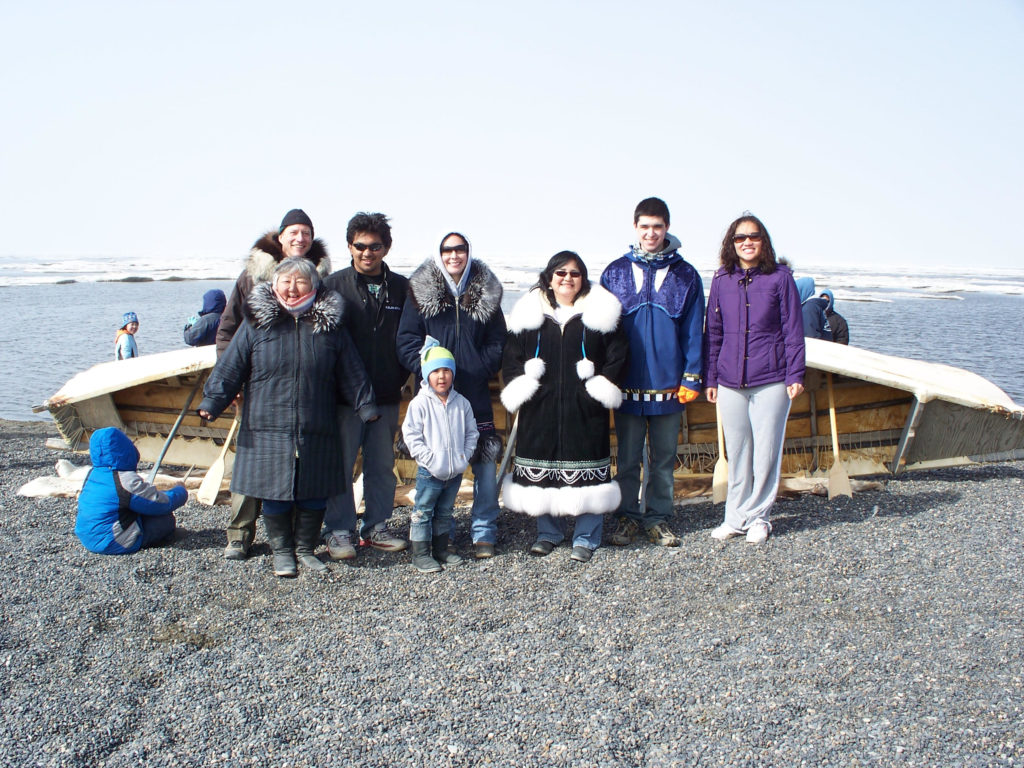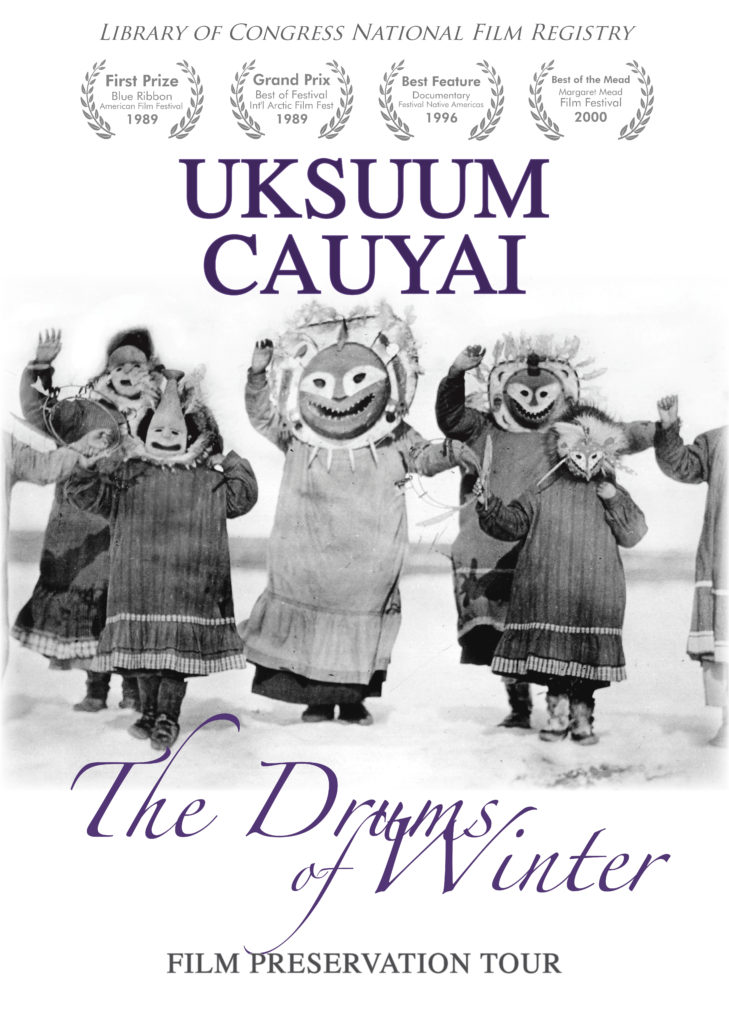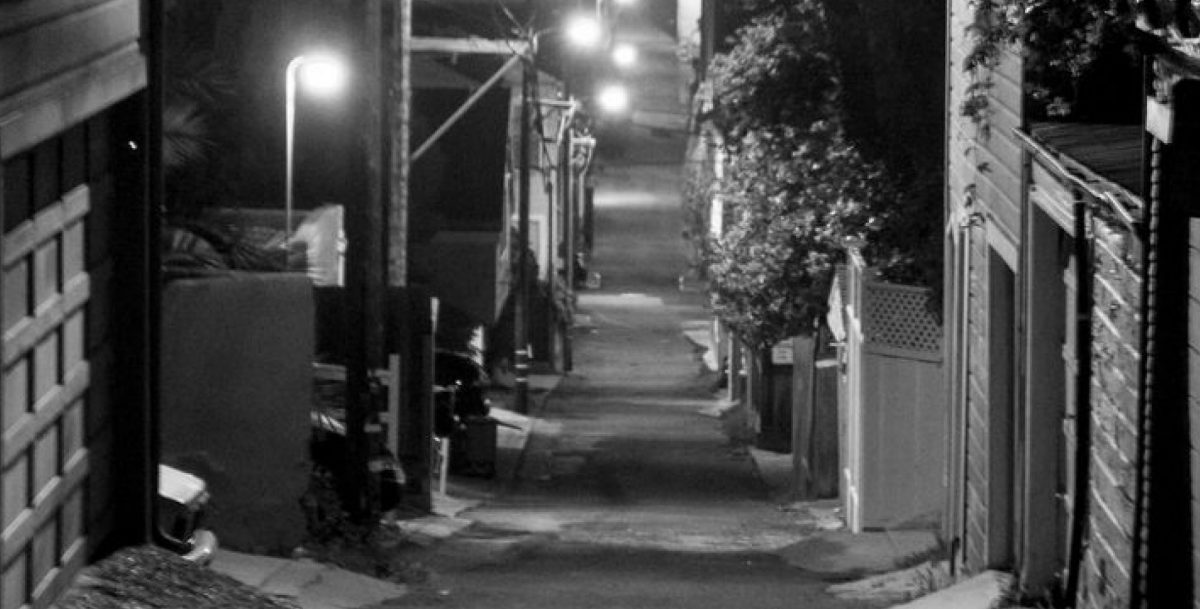Getting to meet and chat with Bob Curtis-Johnson was super cool. I probably could’ve hung out with him for hours. To be honest, even emailing with Bob is awesome- I get to find out whether he’s spotted polar bears or not and what the temperature and light situation is. Which is like…so different from my life here in LA. Plus? I know from talking and hanging out with him at this past AMIA that he’s handling all that AND contributing in a huge way to the archives and preservation world so…my mind just sorta goes WOAH !!!!!
I don’t know how I never met Bob before this past AMIA. We must’ve been dancing around the same committees and people for the last 8 years and just never connected. I am just so happy that we were able to do that here.
His company, Summit Day Media, is based out of Anchorage and that was so exciting to me (it still is)! I was so thrilled to be able to talk to him about the amazing work that he accomplishes regularly and the insane lengths that he and his colleagues go to really make a difference in people’s lives and to work with communities to help preserve their histories.
I hope you enjoy listening to this conversation as much as I loved having it. Bob and the people he works with are all super rockstars. Huge fan of Alaska, now. Big fan. <3
This time we have some REALLY incredible photos from Bob so as usual, just after the link for the podcast download, don’t forget to check out his bio and these amazing pics & the information. Just great!!!
Bio:
Bob Curtis-Johnson is the owner and principal consultant for SummitDay LLC located in Anchorage Alaska, specializing in audiovisual media preservation for clients that include corporations, museums and archives in eight U.S. states. SummitDay has over a decade of experience in mass digitization project management, digital media management, storage environment assessment, a/v media assessment, and development of preservation and disaster plans. Bob has also produced, directed or edited dozens of documentaries, commercials, and artistic and sponsored films for National Geographic Explorer, Black Entertainment Television, The Discovery Channel, PBS and othersL
Links:
http://summitdaymedia.com
https://fm.kuac.org/post/drums-winter-interview

This is a shot of SummitDay staff Mike R. Martz and Keenan Troll performing quality control verification on preservation files (2018).

Picture of Bob Curtis-Johnson and his friend Anagi (pronounced “ON-a-way”) Whitlam Adams (now deceased), taken in Utqiagvik (known at that time as Barrow), Alaska, at a Nalukataq whaling celebration. Bob notes that, “Anagi was an artist and carver, former whaling captain, and a film donor.”

This is a 2009 photo of staff and family members from the Inupiaq Heritage Center in Utqiagvik, at the summer whaling celebration. Chris Danner (in the sunglasses) was part of the staff and also a member of a successful whaling crew that season. The Inupiaq have lived and whaled in this region for 10,000 years, and hunting is a deeply important part of their culture as well as a crucial component of their food security.

UKSUUM CAUYAI is a film of Yup’ik values and culture and is of a different group than the Inupiaq (people pictured above). This is the film mentioned in the podcast.


